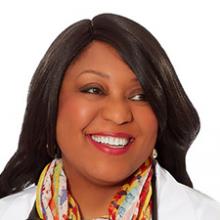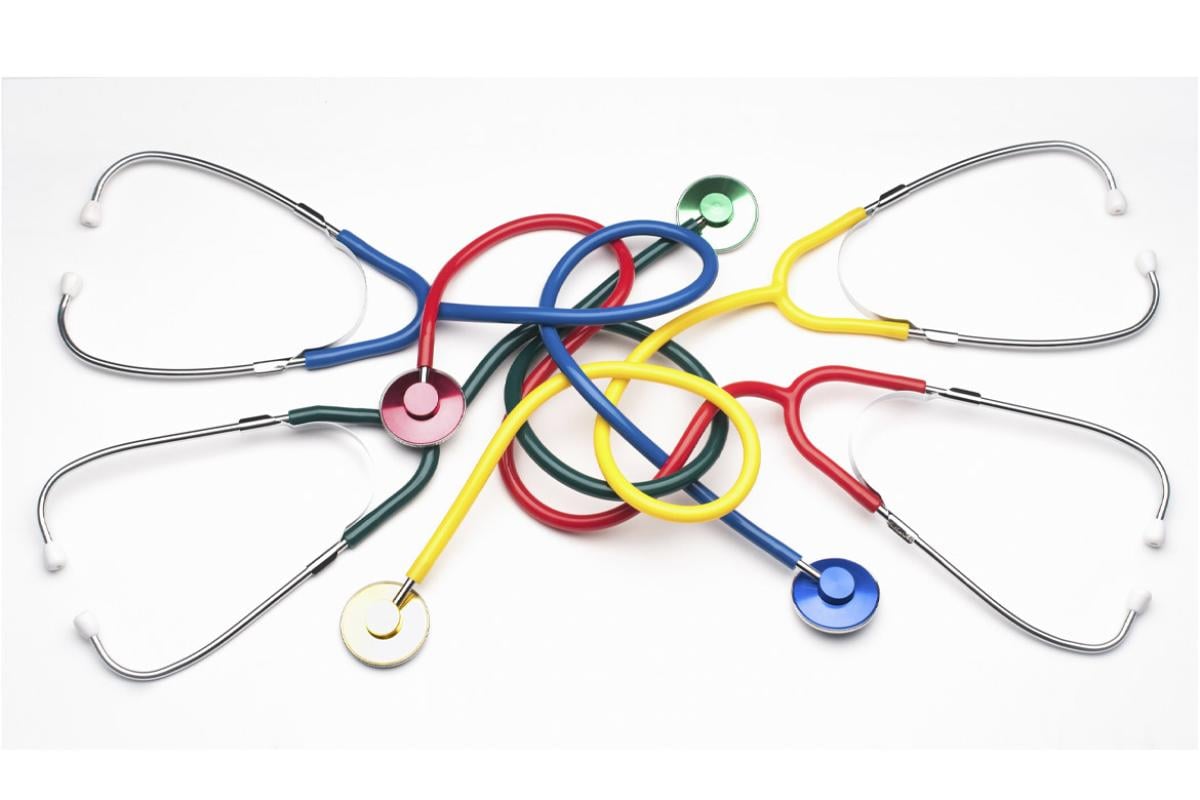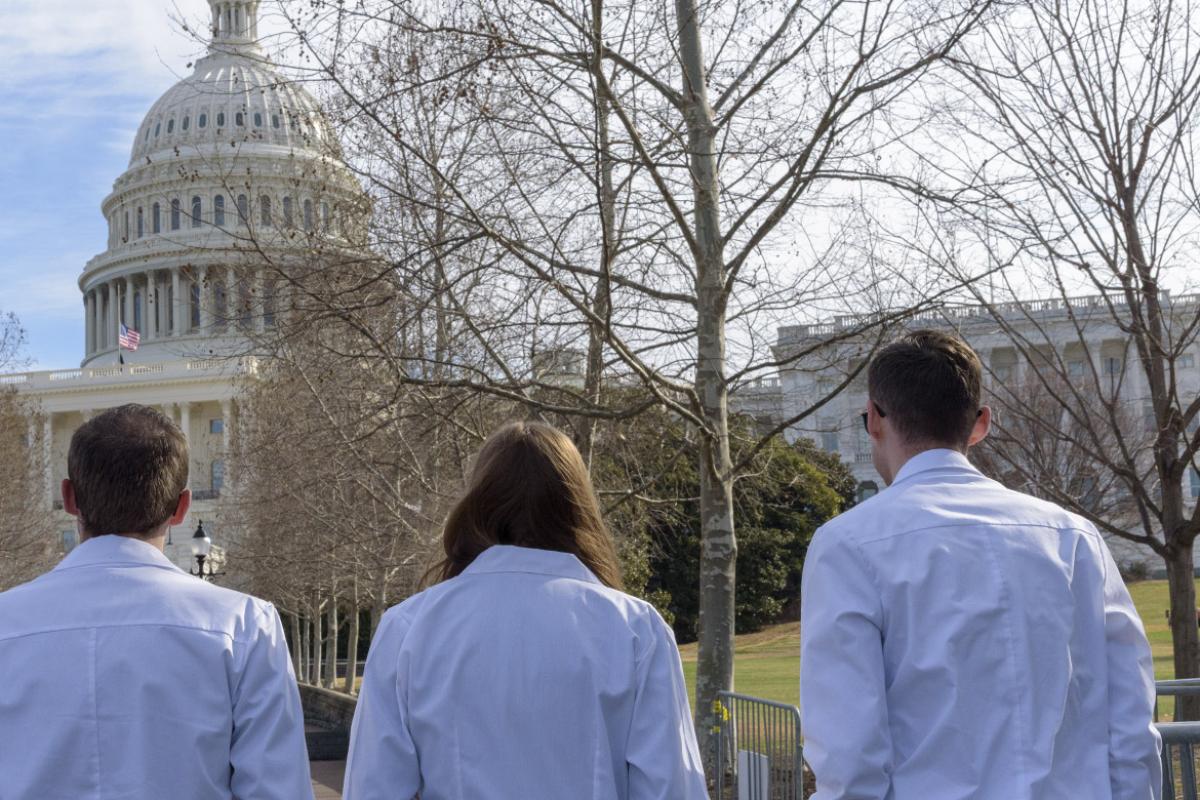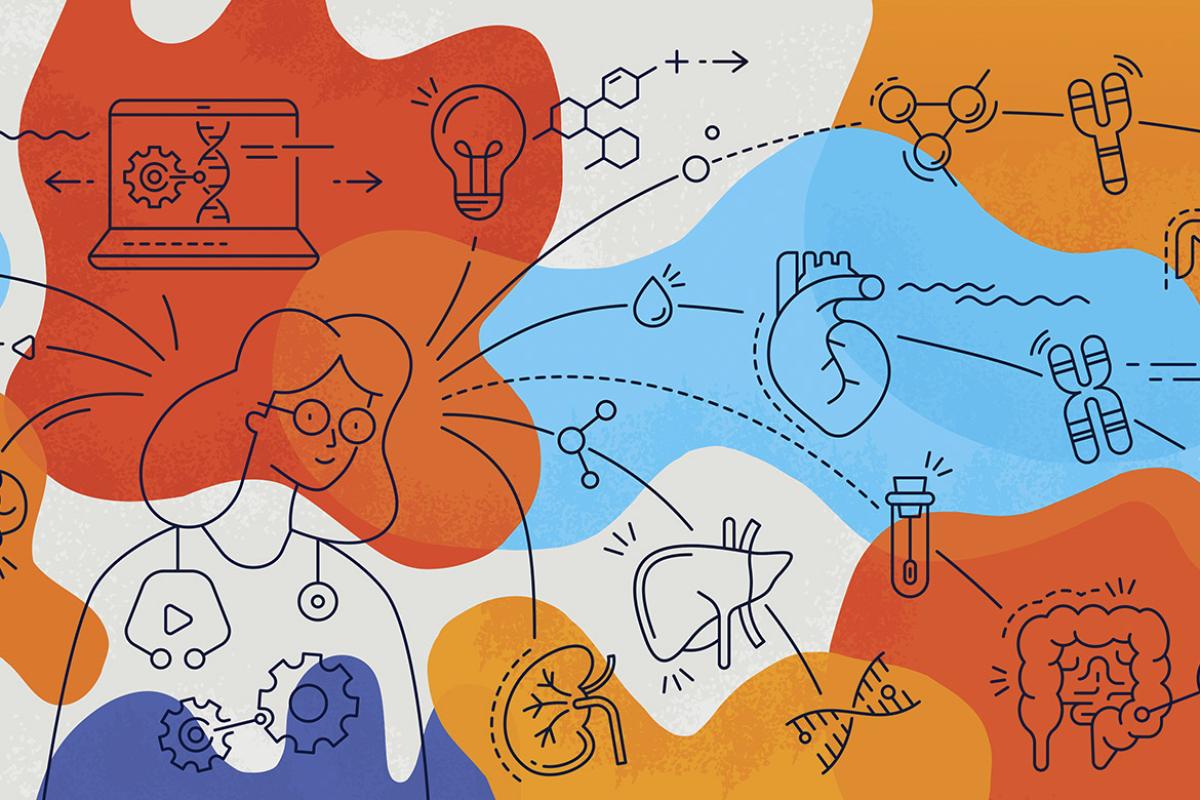As a medical student, do you ever wonder what it's like to specialize in family medicine? Meet Louito (Lou) Edje, MD, MHPE (@LEdje), a family physician and a featured physician in the AMA’s “Shadow Me” Specialty Series, which offers advice directly from physicians about life in their specialties. Check out her insights to help determine whether a career in family medicine might be a good fit for you.
The AMA's Specialty Guide simplifies medical students' specialty selection process by highlighting major specialties, detailing training information and providing access to related association information. It is produced by FREIDA™, the AMA Residency & Fellowship Database®.
Learn more with the AMA about the medical specialty of family medicine.
"Shadowing" Dr. Edje
Specialty: Family medicine.
Practice setting: Academic medical center and specialty group.
Employment type: Employed by a health system in Cincinnati.
Years in practice: 23.
A typical day and week in my practice: On Monday and Friday mornings, I see patients in my office with my seven partners, and this accounts for about 30% of my time. During the other 70%, I serve as Associate Dean for Graduate Medical Education for almost 700 residents and fellows. Our office has three main roles: accreditation, advocacy and advancement. So, we make sure that each of our 96 programs is providing the best educational content and experience, while preparing our learners for independent practice in the specialty areas of their choice.
The most challenging and rewarding aspects of family medicine: The most challenging aspect is managing the documentation and after-visit duties that come with providing care. The average family physician spends 86 minutes of “pajama time” with the electronic medical record each night. The most rewarding part is building relationships of trust—being the go-to person for patients as they navigate their health, either in wellness or in illness.
How life in family medicine has been affected by the global pandemic: On the clinical side, we switched to telehealth for one of my half days. We did have a decrease in the number patients seeking preventive care and receiving routine immunizations. On the administrative side, we had to manage change in the learning environment for residents and fellows, as some of them had to be surged into areas that were not in their primary specialties. Specific to family medicine, residents are required to have 1,650 in-person outpatient visits over the three years of residency. That was a challenge for some programs which worked in telehealth visits to meet the numbers.
We’ve also had to acclimate to the new normal—I’m thinking mostly of virtual meetings. This has eliminated some of the between-meeting inefficiencies, such as traveling. I now have two extra hours per day because I don’t have to travel as much. I am able to attend meetings across the country and across the world so much more easily. On the other hand, the organic experiences so fundamental to networking have suffered, to some extent.
The long-term impact the pandemic will have on family medicine: Clearly, telehealth is here to stay, as it improves continuity of care with some patients and helps with access with others. Some private practices have been shuttered permanently by it, while others have had a chance to bounce back as the nation has reopened.
Three adjectives to describe the typical family medicine physician: Comprehensivist, compassionate and comfortable with ambiguity.
How my lifestyle matches, or differs from, what I had envisioned: Strangely, I didn’t consider lifestyle in medical school. Besides being able to provide direct patient care, I knew I wanted time to advocate for patients, colleagues and the profession. I’m able to do that!
But I was a single parent for 17 years, and during that time I became chief of staff at my hospital. Because I’m in leadership, I’ve been able to initiate parent-friendly policies, such as making day care available in rooms adjacent to medical staff functions.
And since I got married, I’ve made sure that family was prioritized in my schedule. For example, I have a date every Friday with my husband—everyone knows about it—even if we’re watching the same movie in different states simultaneously!
Also, about 20% of my work time is spent doing things that recharge me, and that has mitigated burnout for me.
Skills every physician in training should have for family medicine but won’t be tested for on the board exam: You need to be able to create rapport with patients and communicate clearly—to have some emotional intelligence and be cognizant of how you’re being received. You need to be open to critical self-reflection.
One question physicians in training should ask themselves before pursuing family medicine: Do you enjoy developing relationships?
Books every medical student interested in family medicine should be reading:
- The Master Adaptive Learner, by William B. Cutrer, MD, MEd, Martin V. Pusic, MD, PhD, Larry D. Gruppen, PhD, Maya M. Hammoud, MD, and Sally A. Santen, MD, PhD. With the volume of new information that is being brought to the fore daily in medicine, you need to remain curious and resilient, have a growth mindset and be in constant learning mode.
- Mindset: The New Psychology of Success, by Carol S. Dweck, PhD. The gaps in your knowledge do not define who you are—instead, they are the start of your new knowledge. This book encourages you to embrace challenge, persist in the face of setbacks, learn from useful feedback and find lessons and inspiration in the success of others.
- The Fearless Organization: Creating Psychological Safety in the Workplace for Learning, Innovation, and Growth, by Amy C. Edmonson, PhD. If you lead, you should be leading an organization in which there is psychological safety.
The online resource students interested in family medicine should follow: Harvard Business Review. It has lessons from outside of medicine that are very useful.
Quick insights I would give students who are considering family medicine: Ask yourself the following four questions: What is the best that could happen if I do join this specialty? What is the best if I don’t? What is the worst if I do? What is the worst if I don’t?




